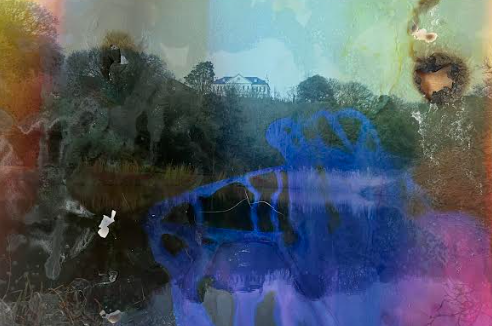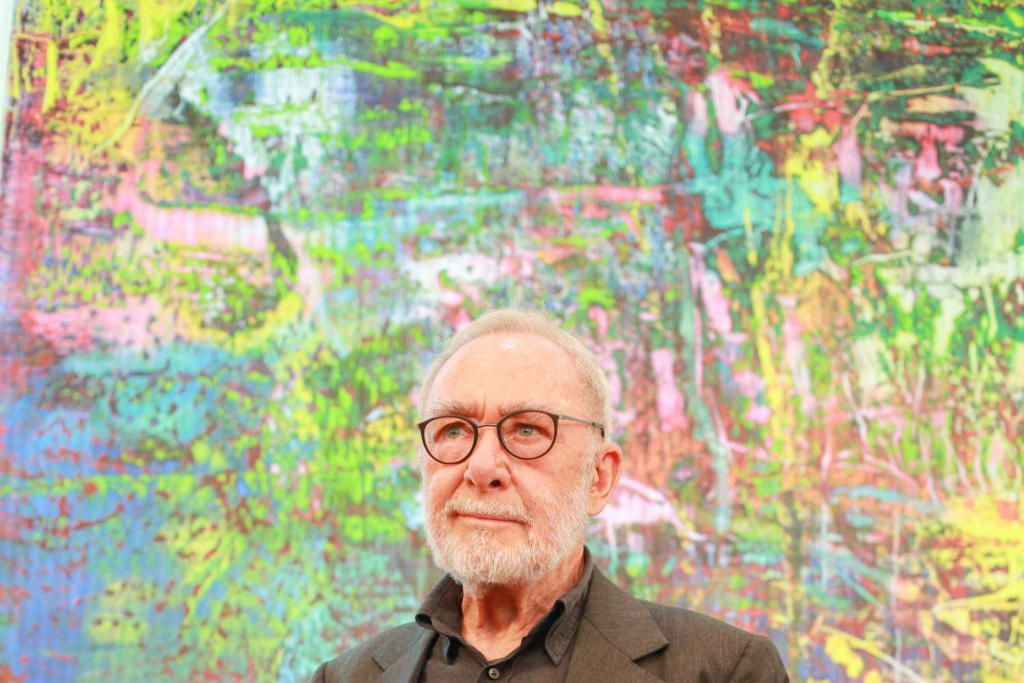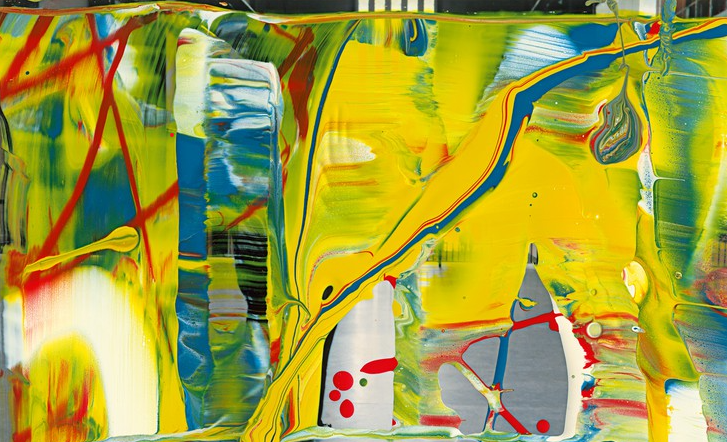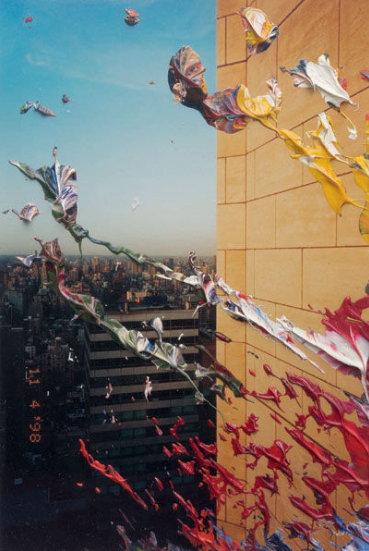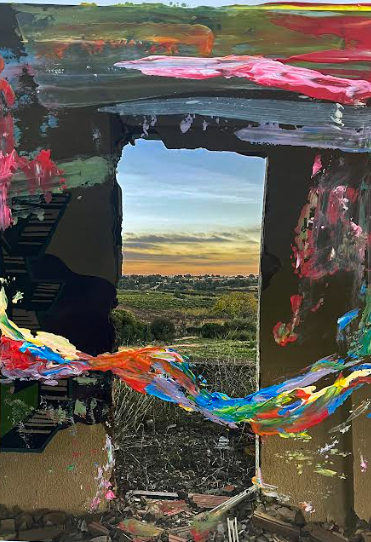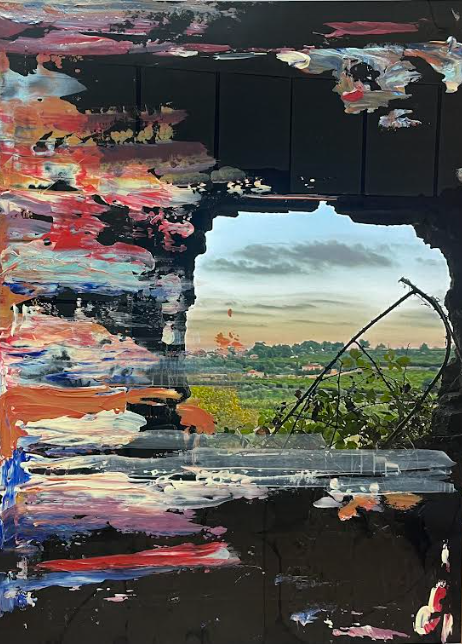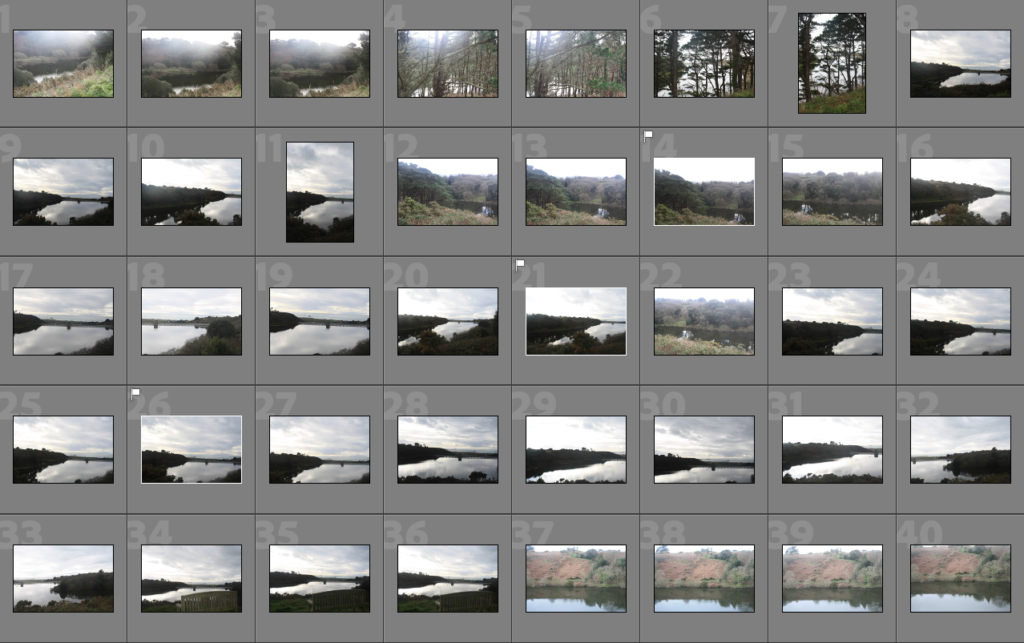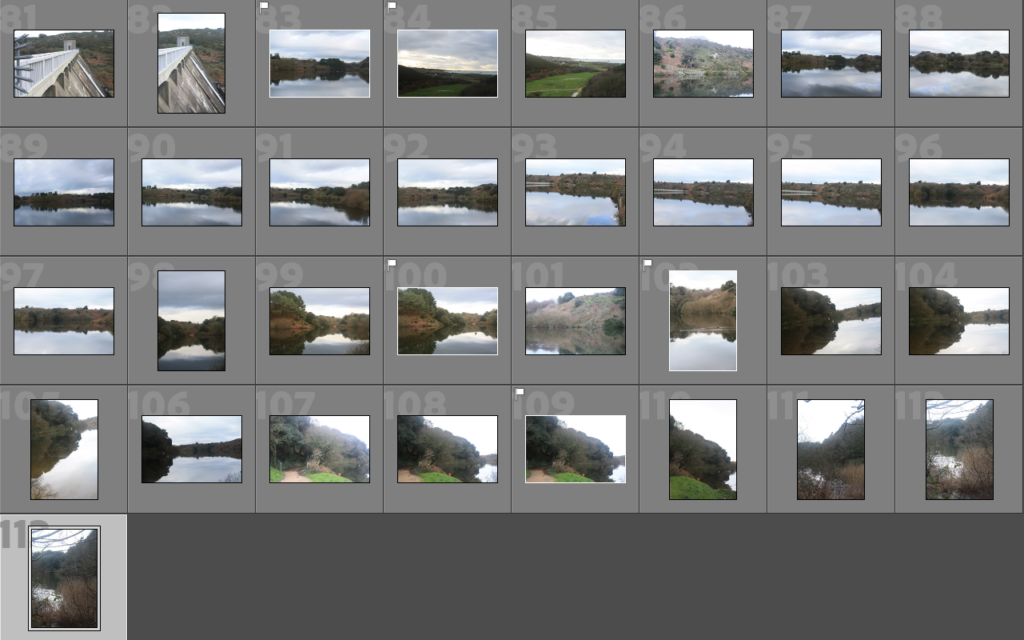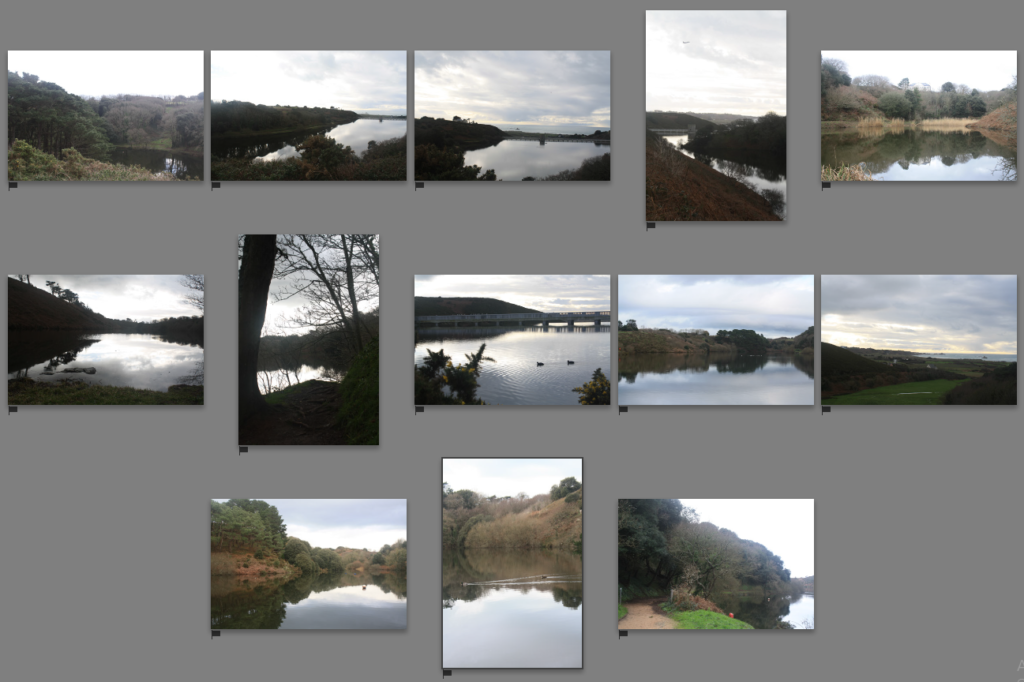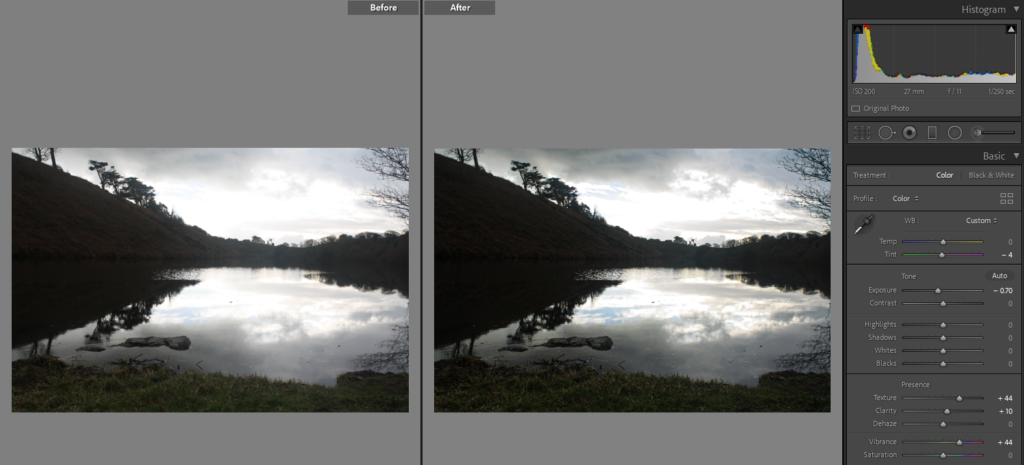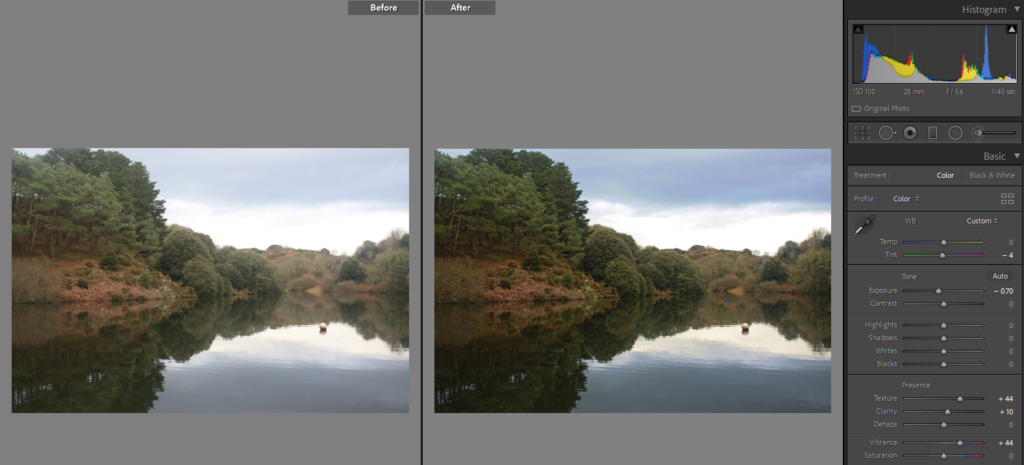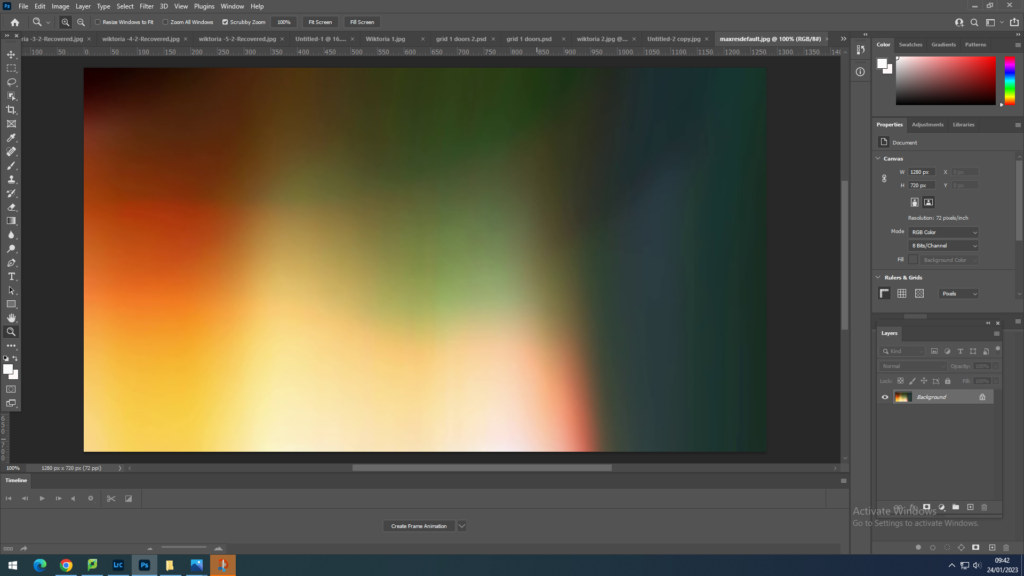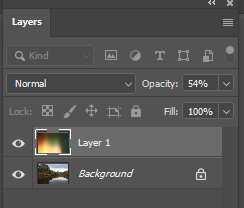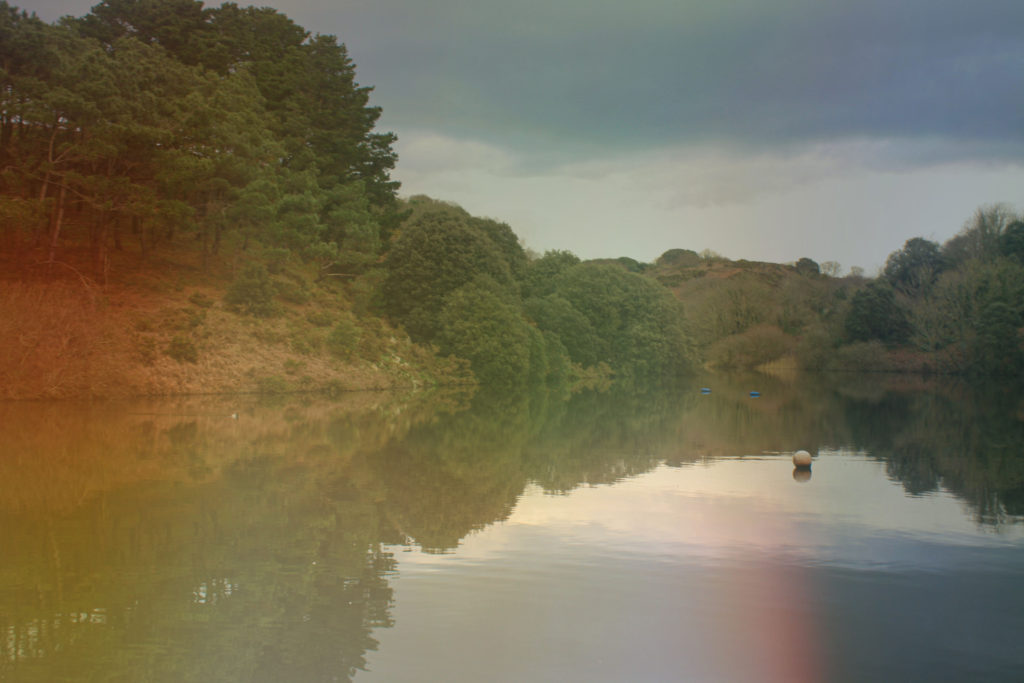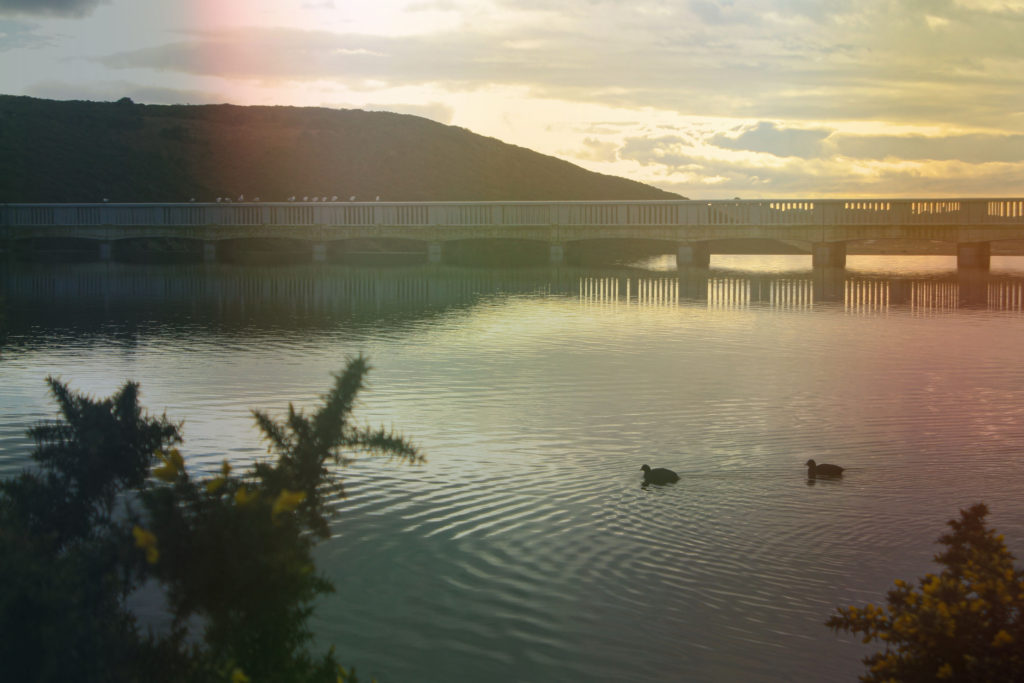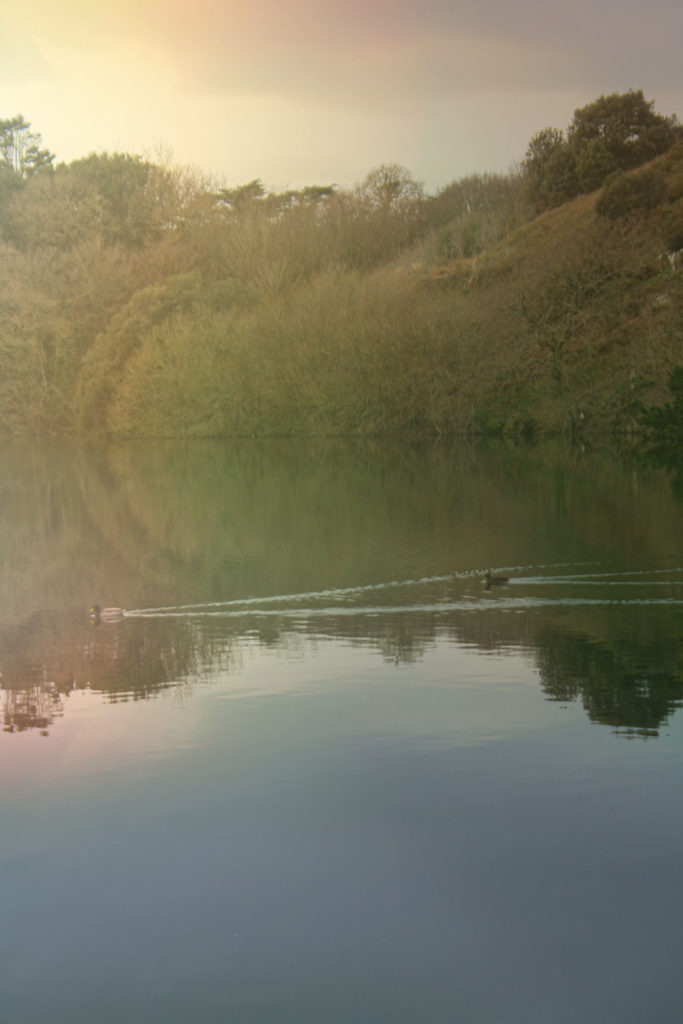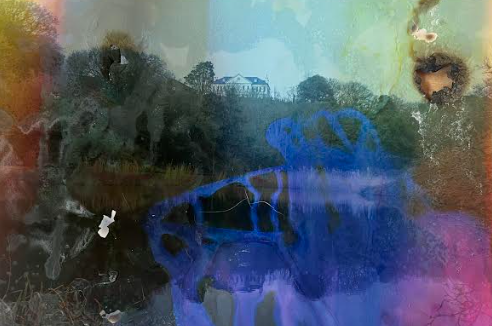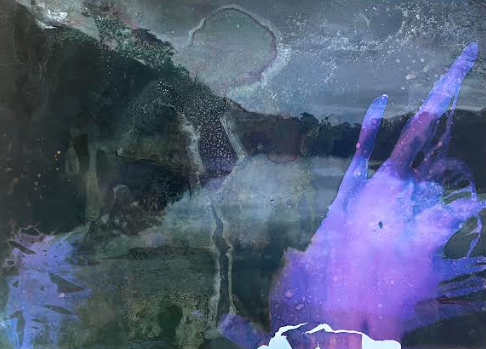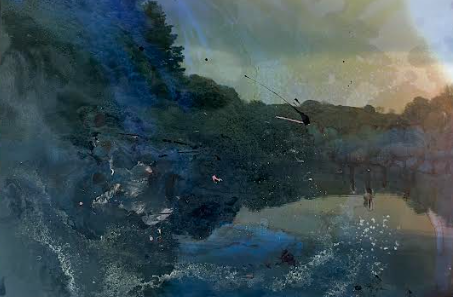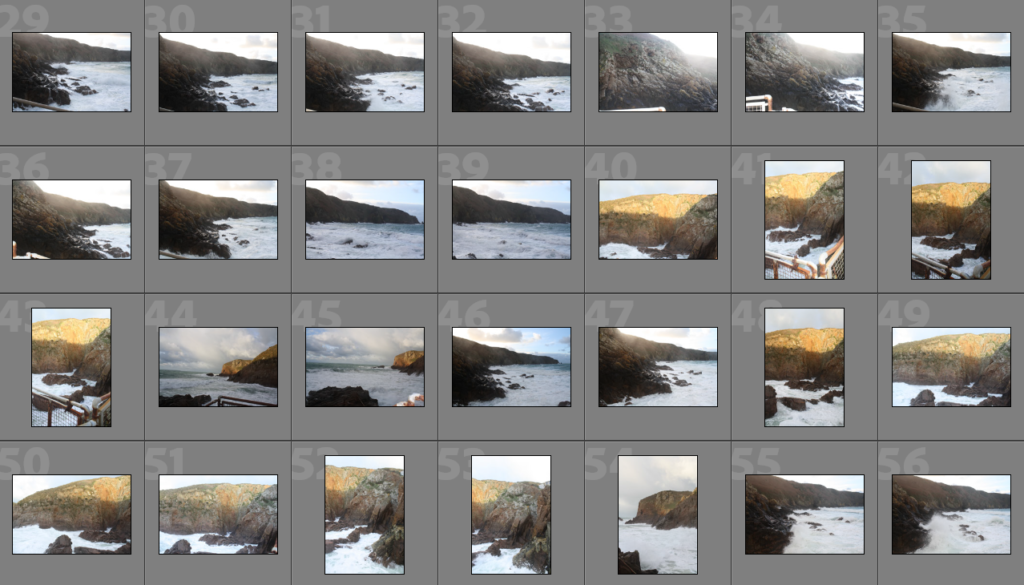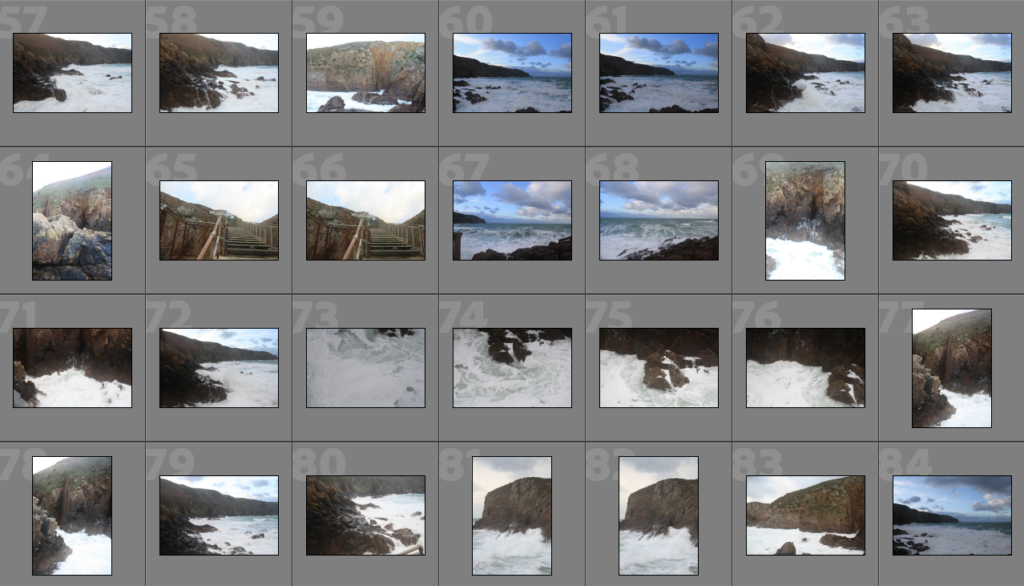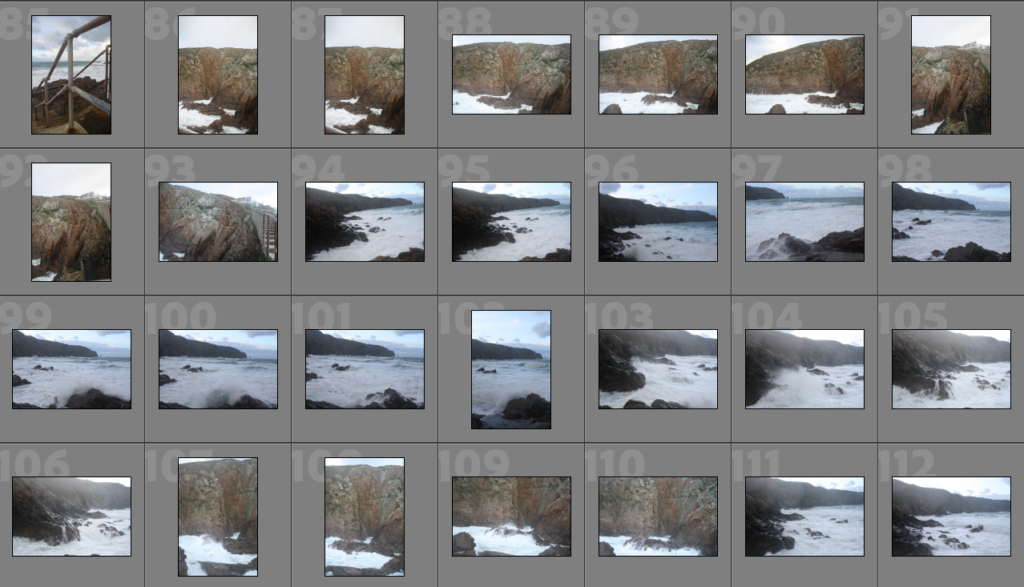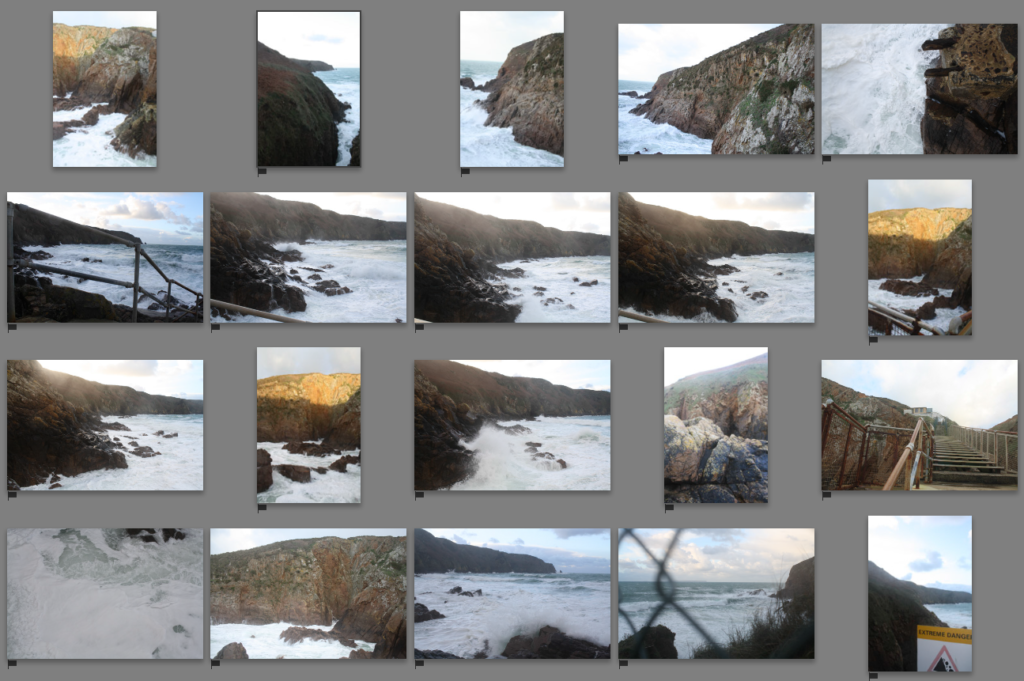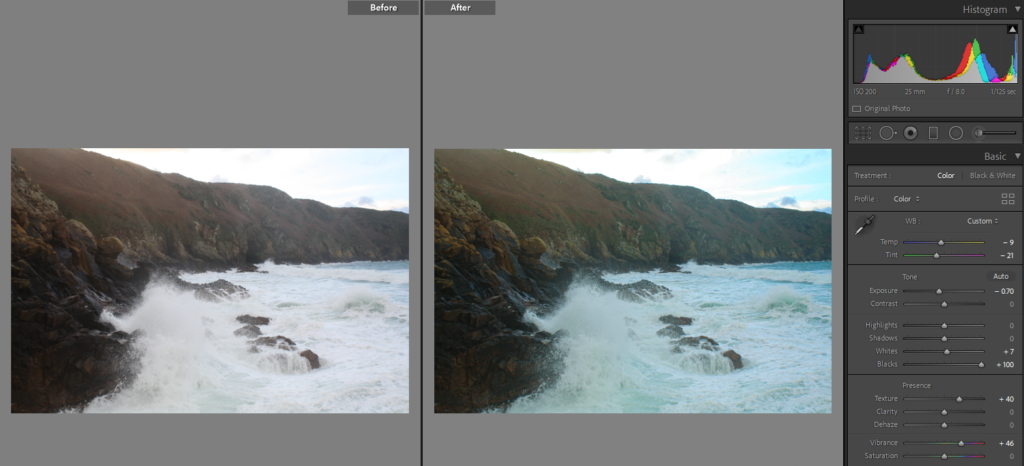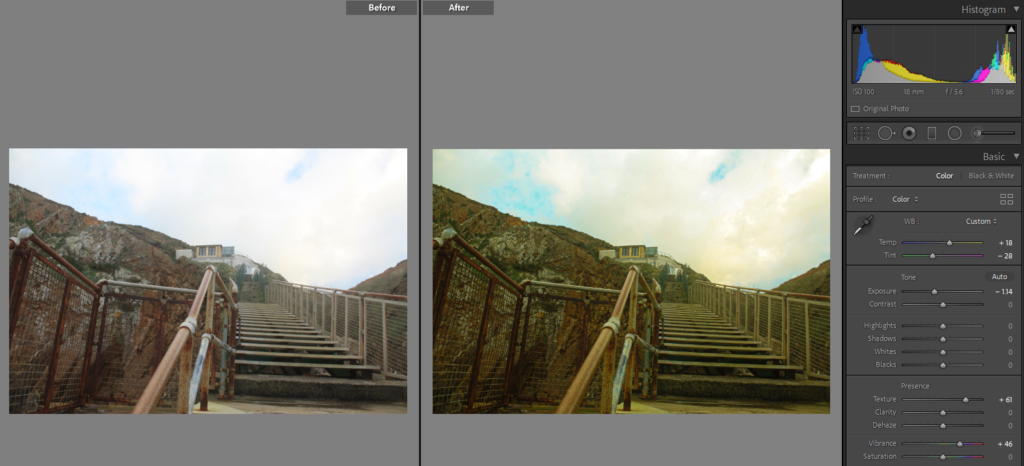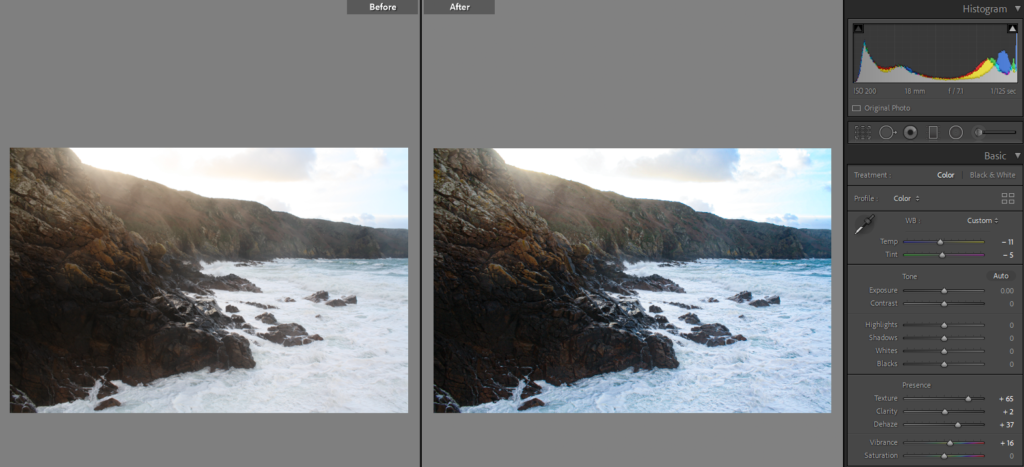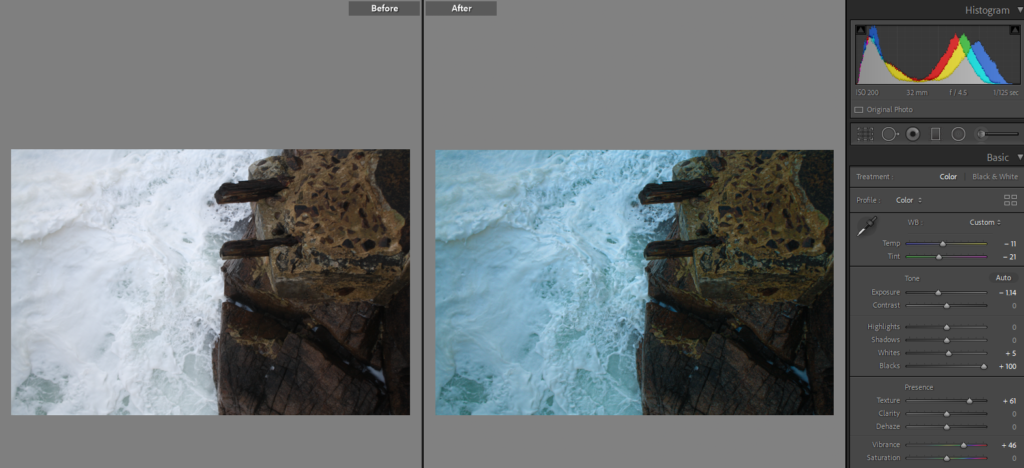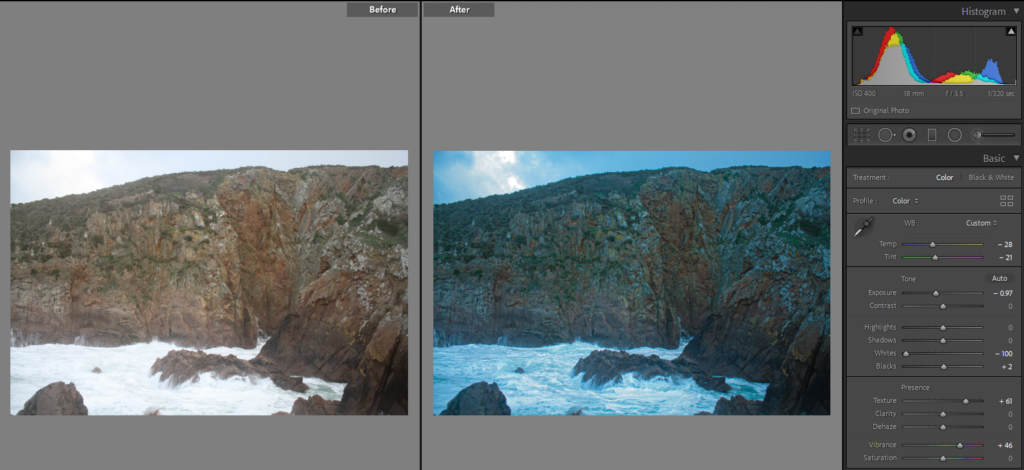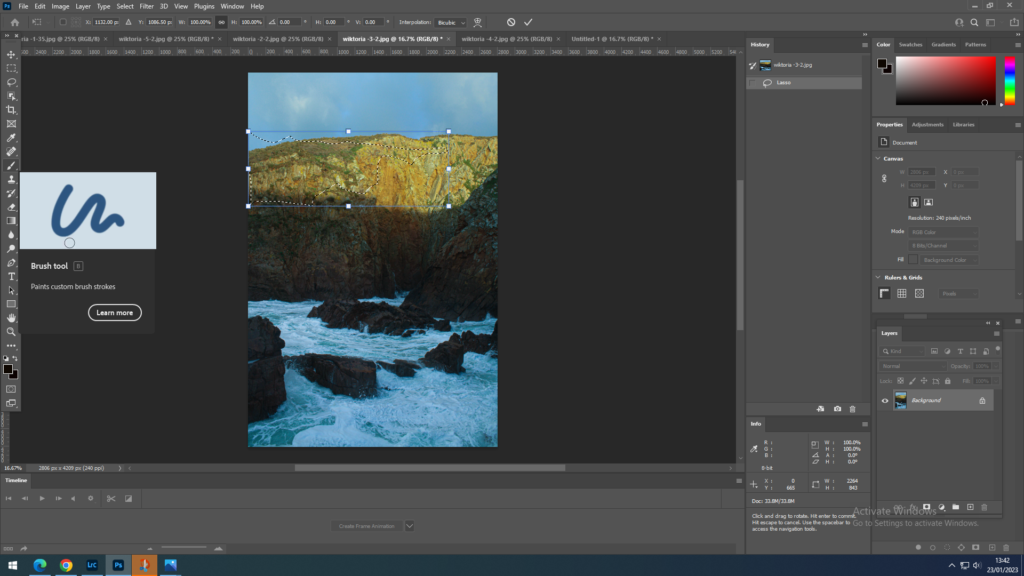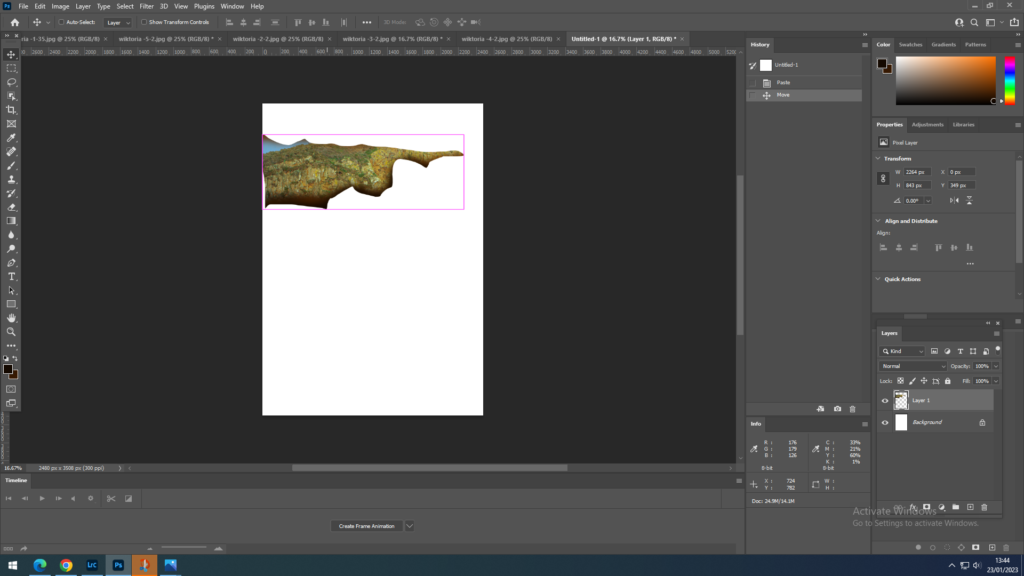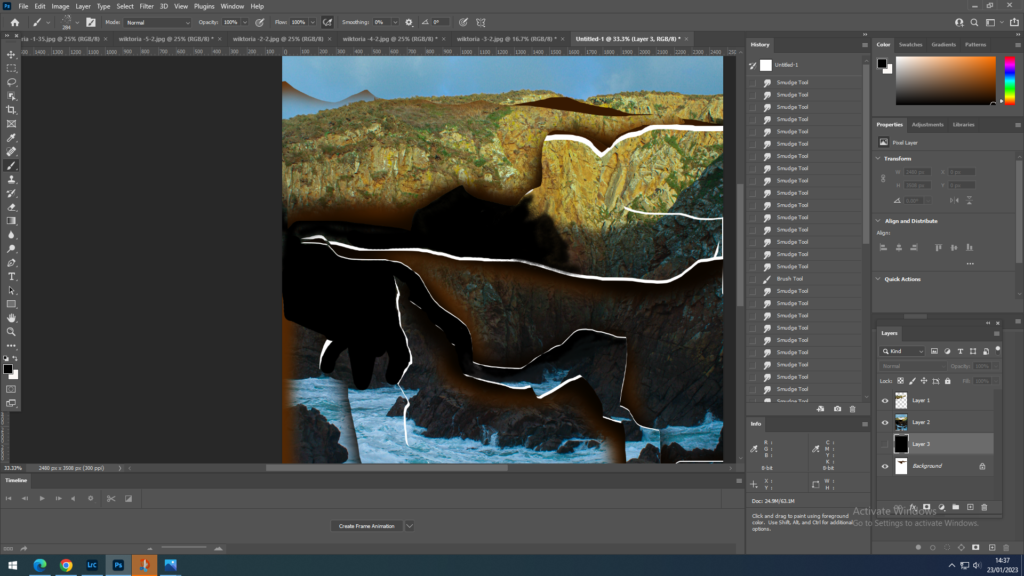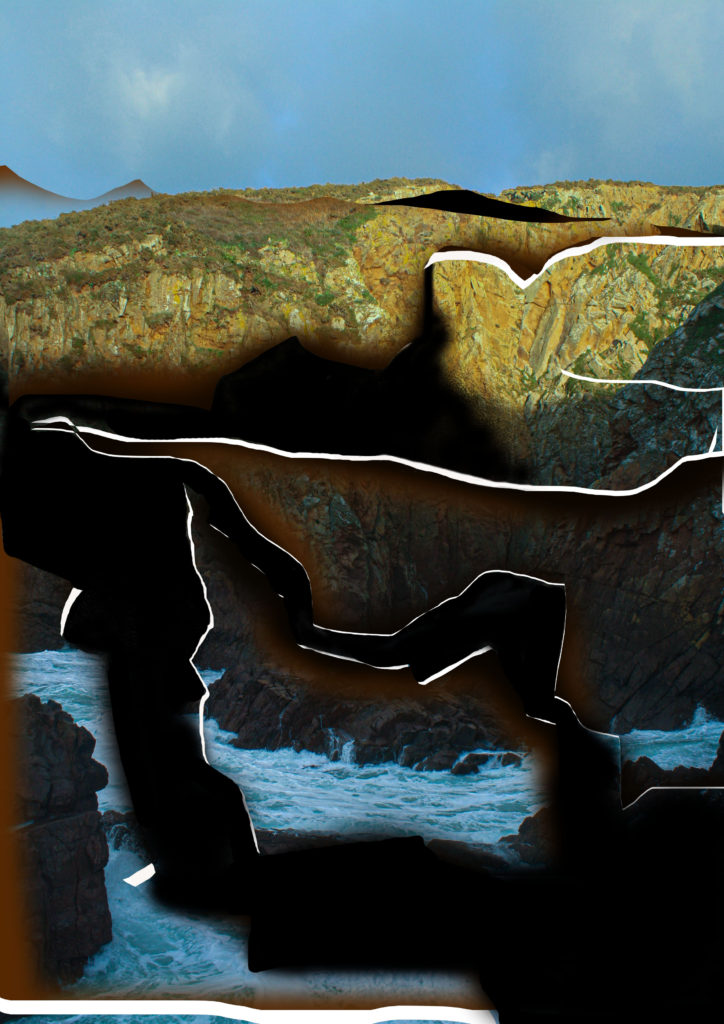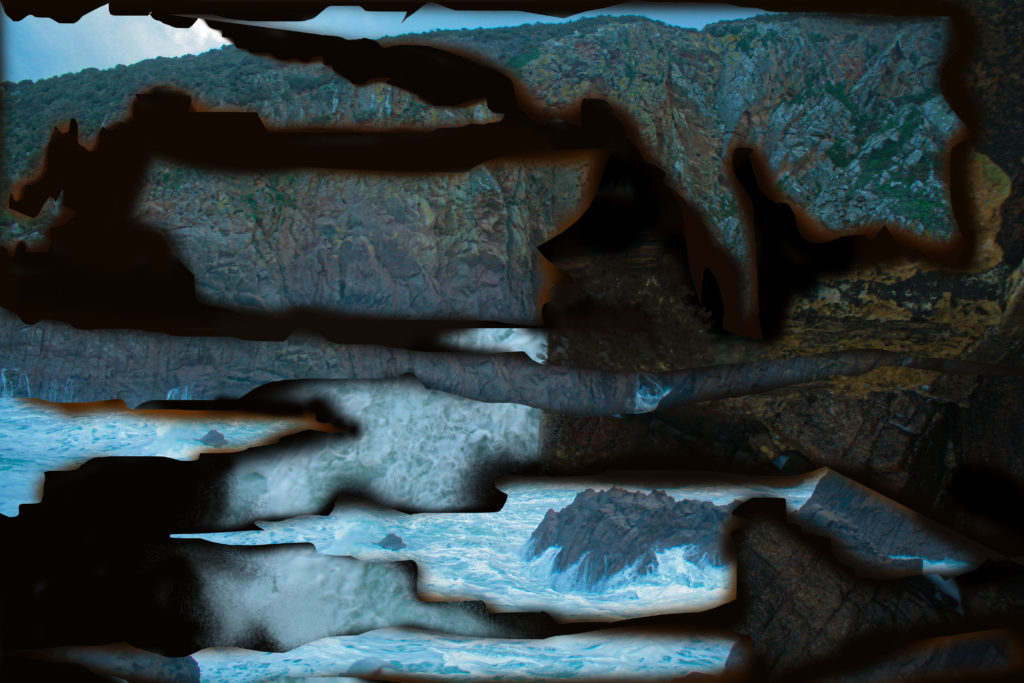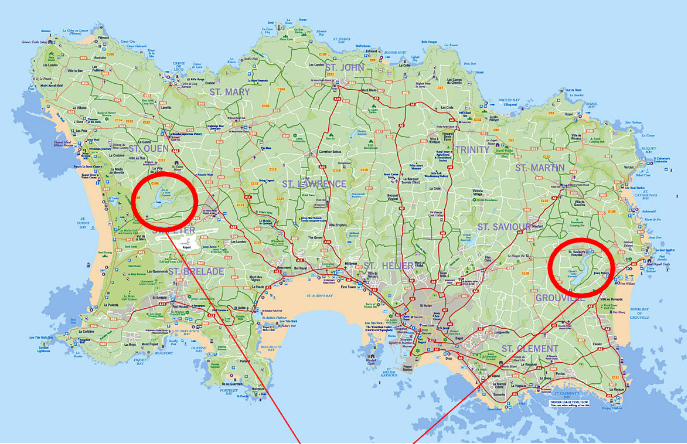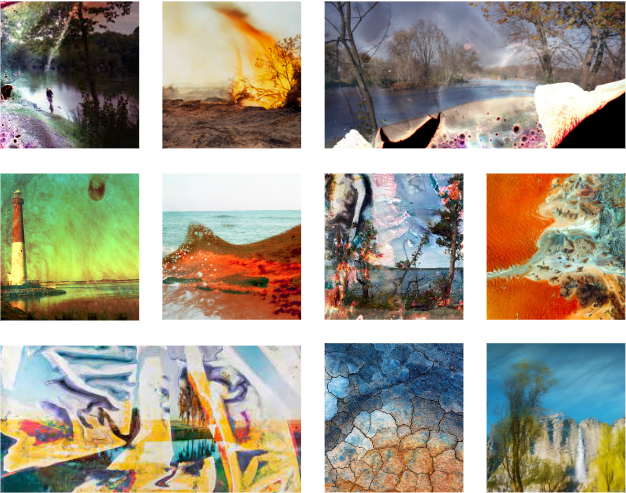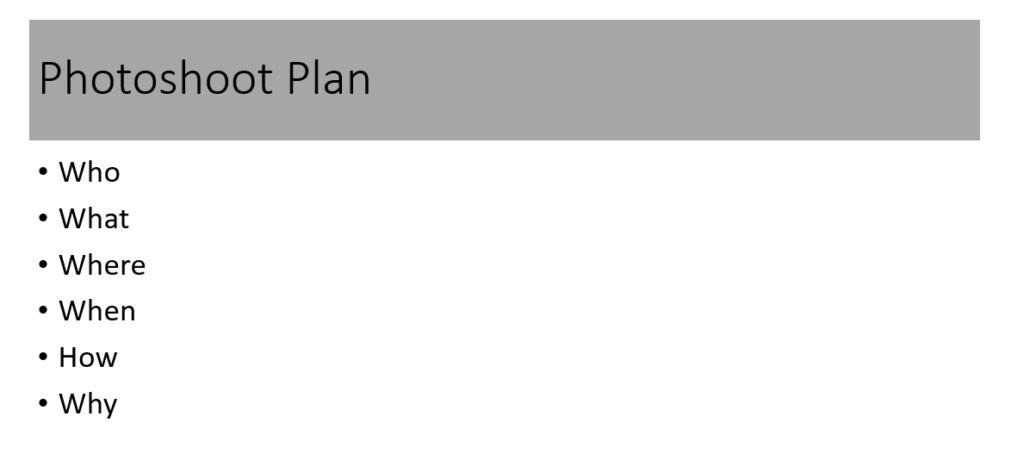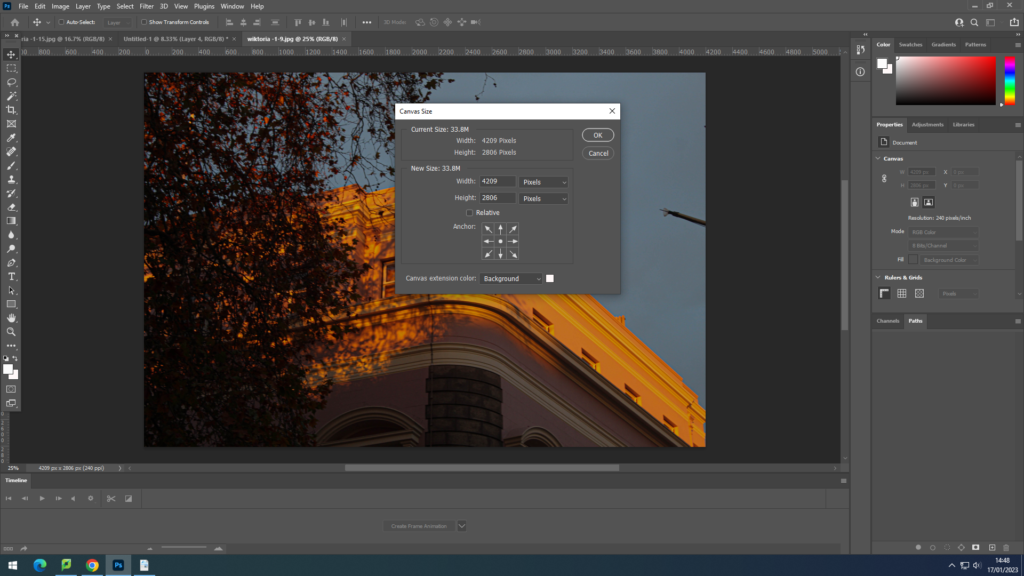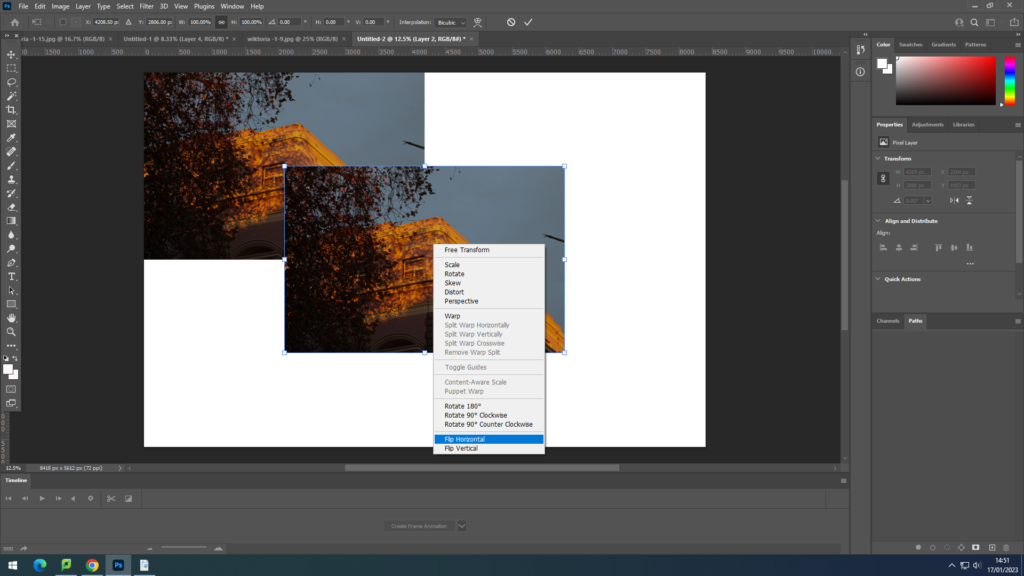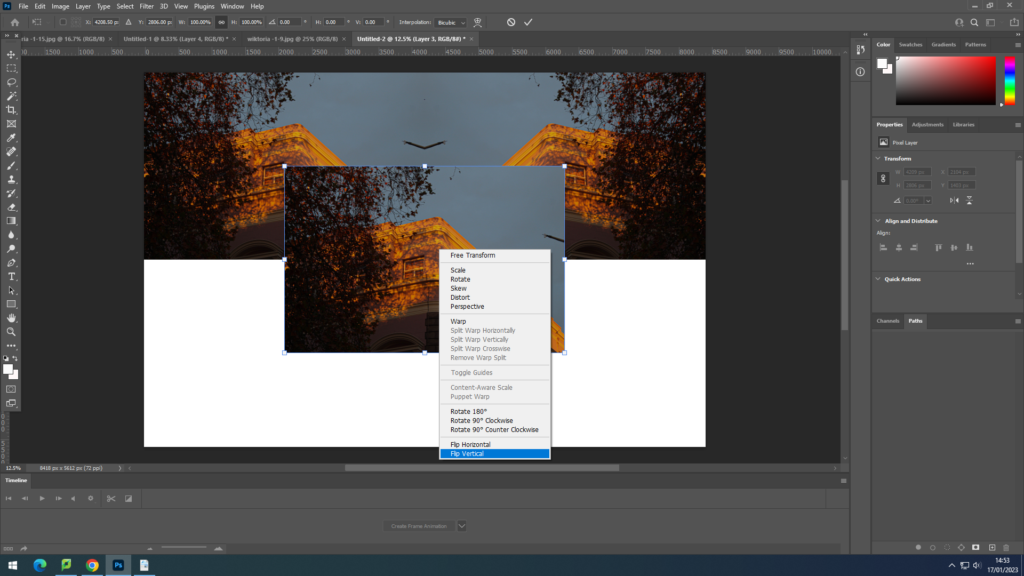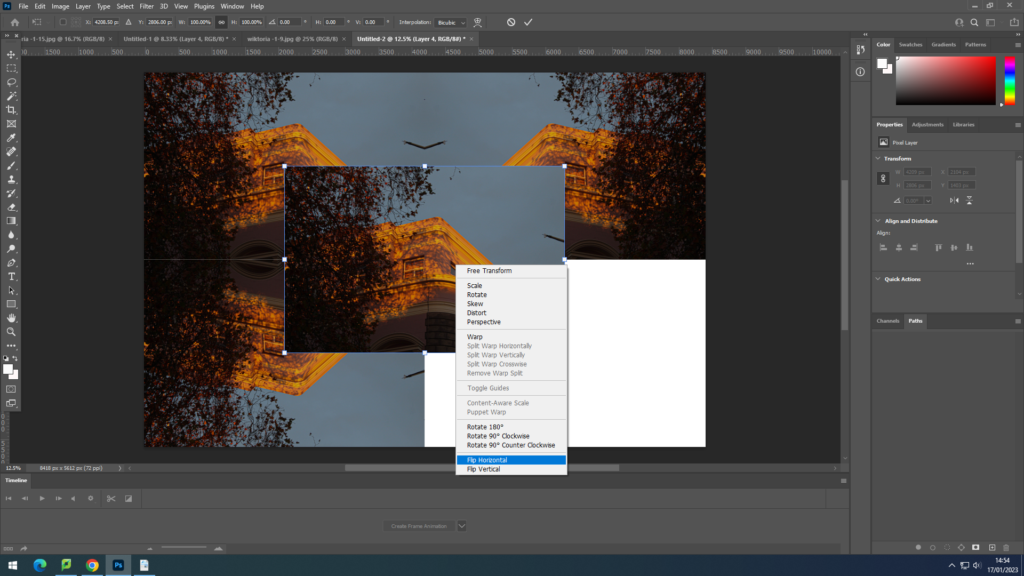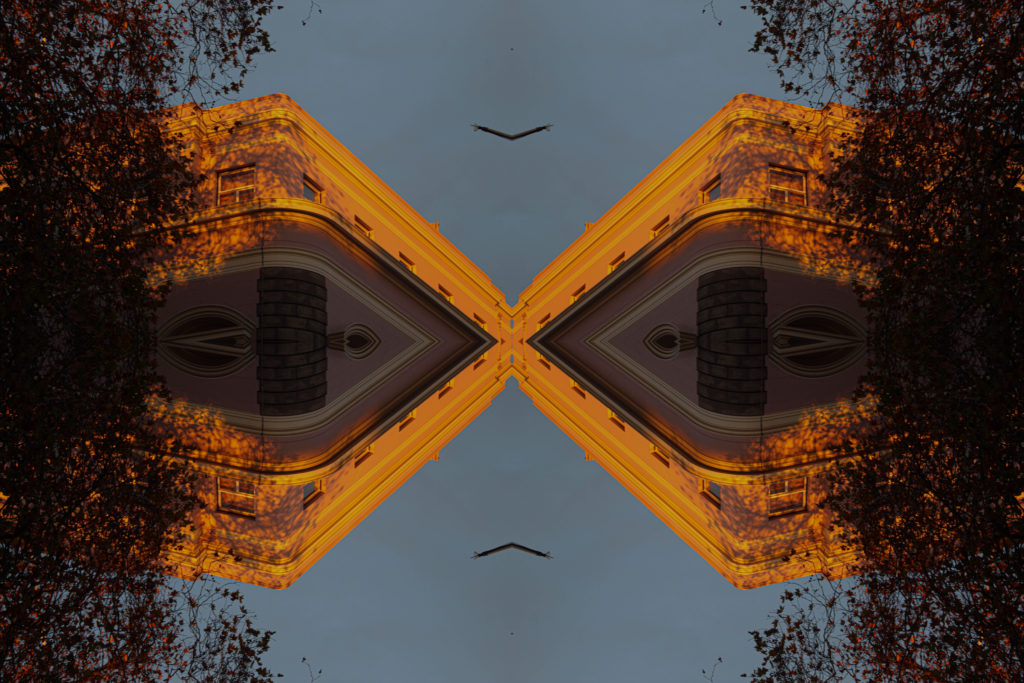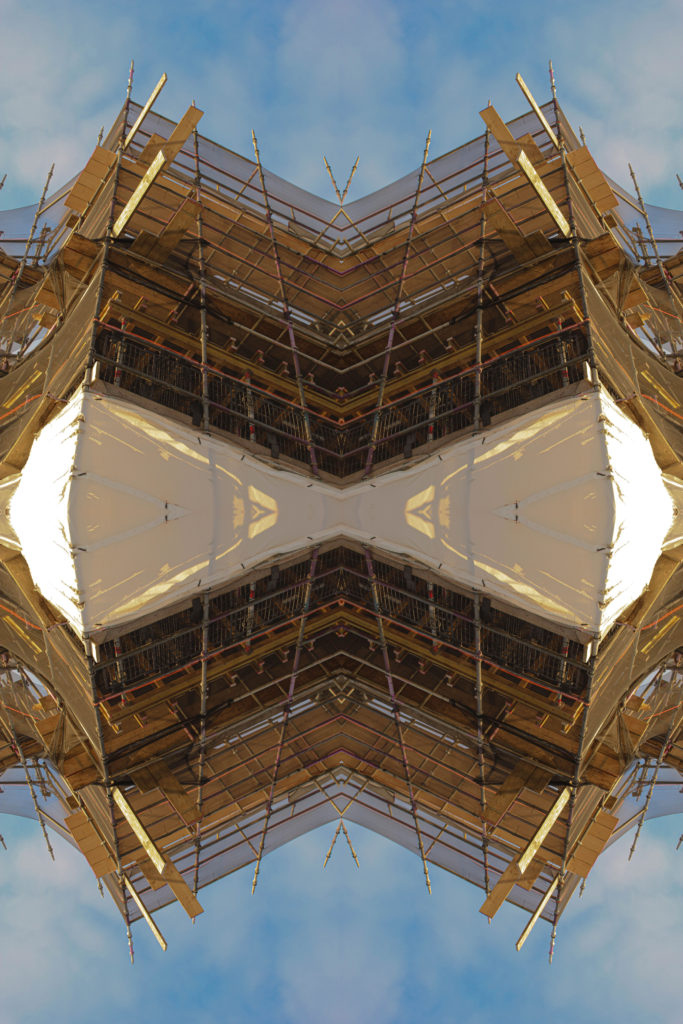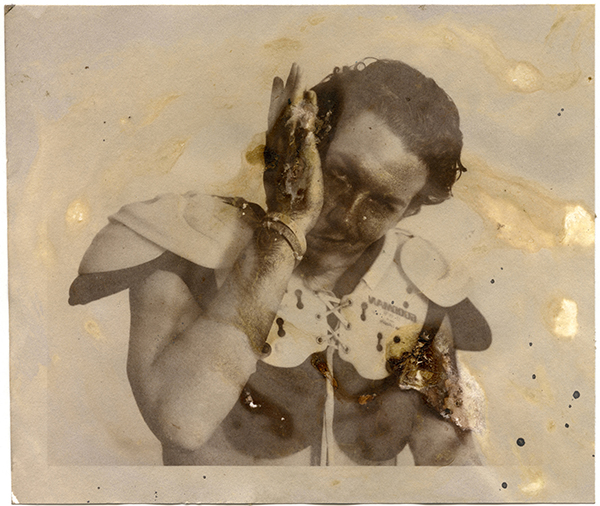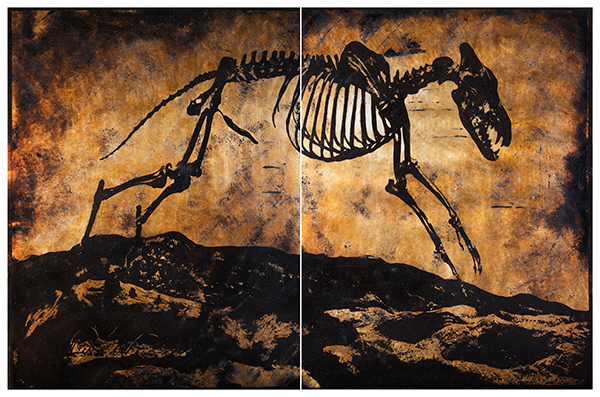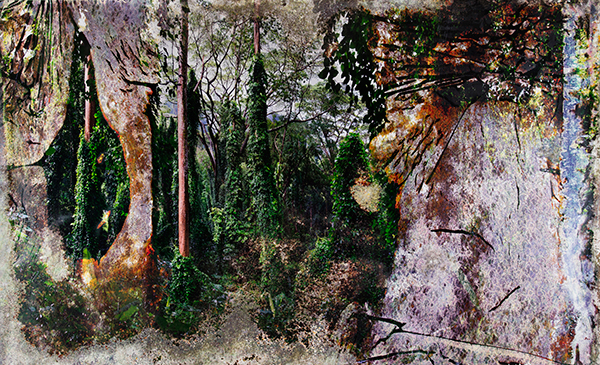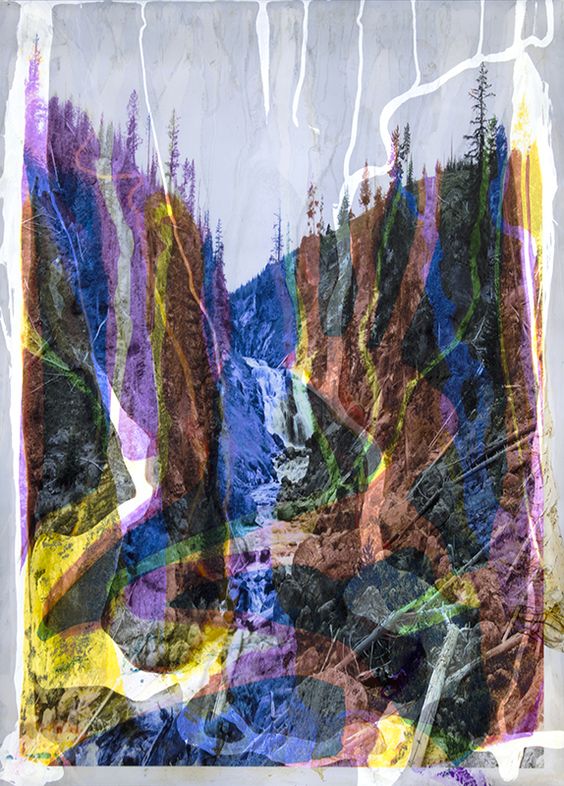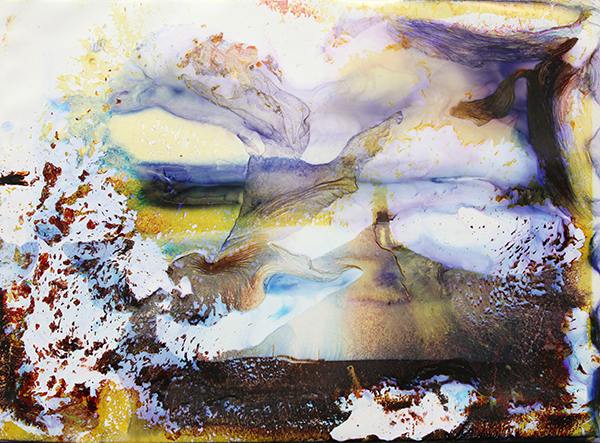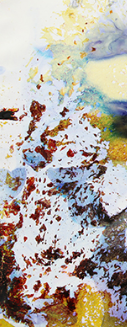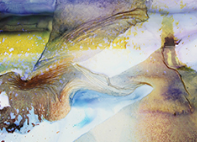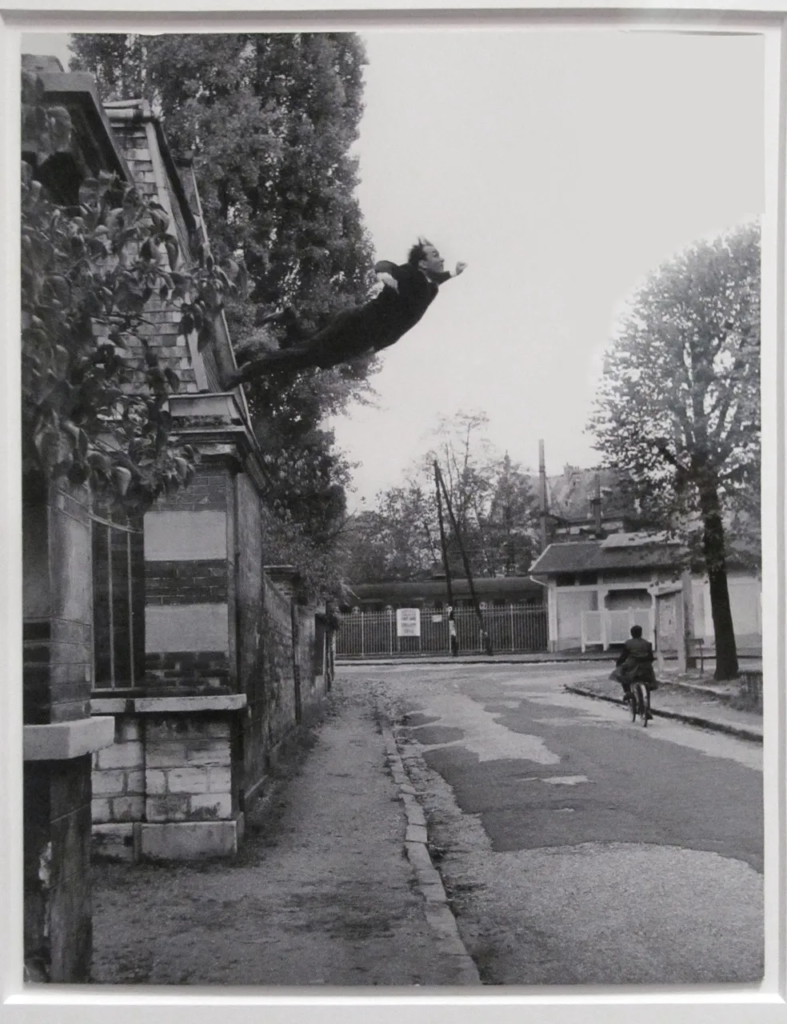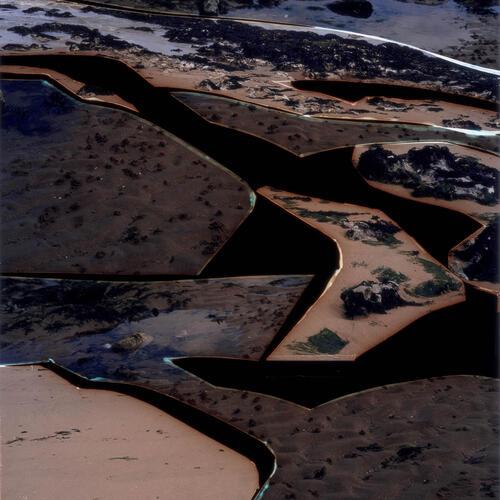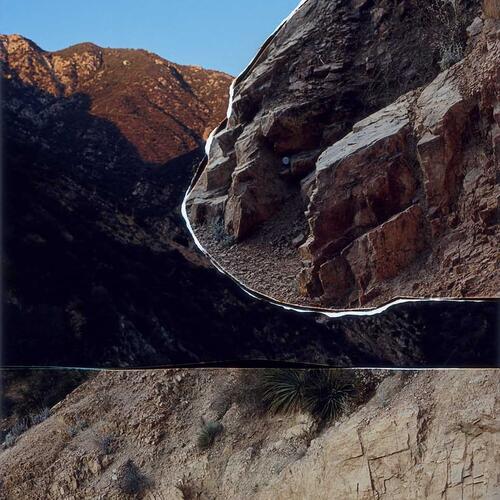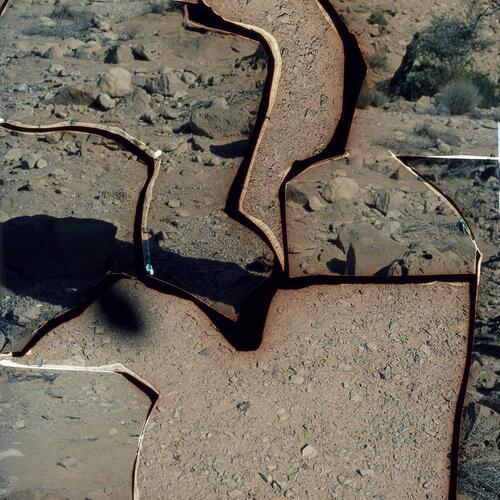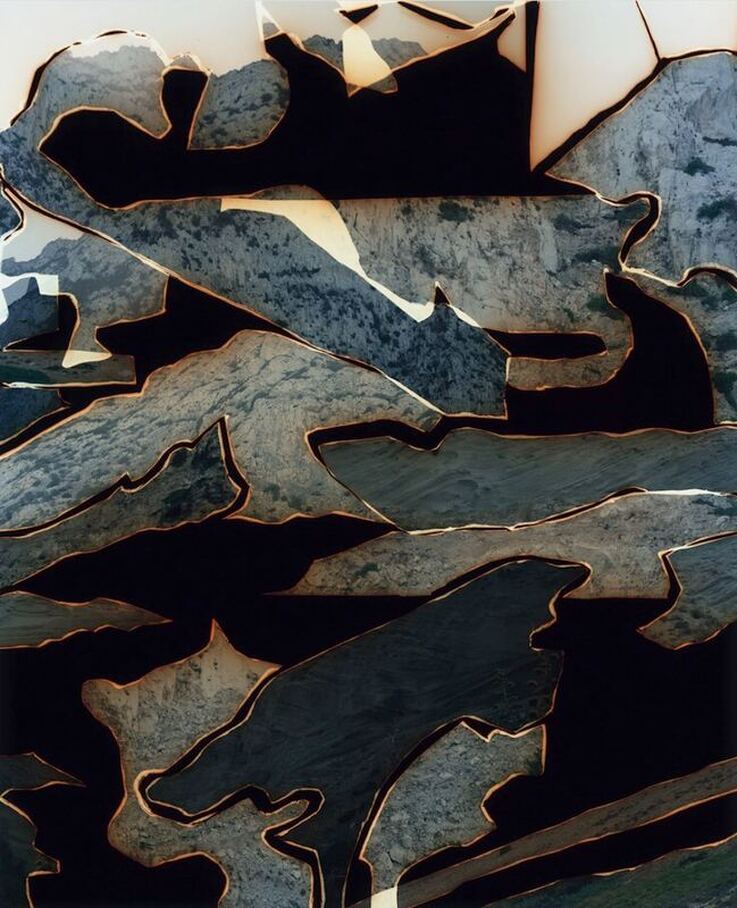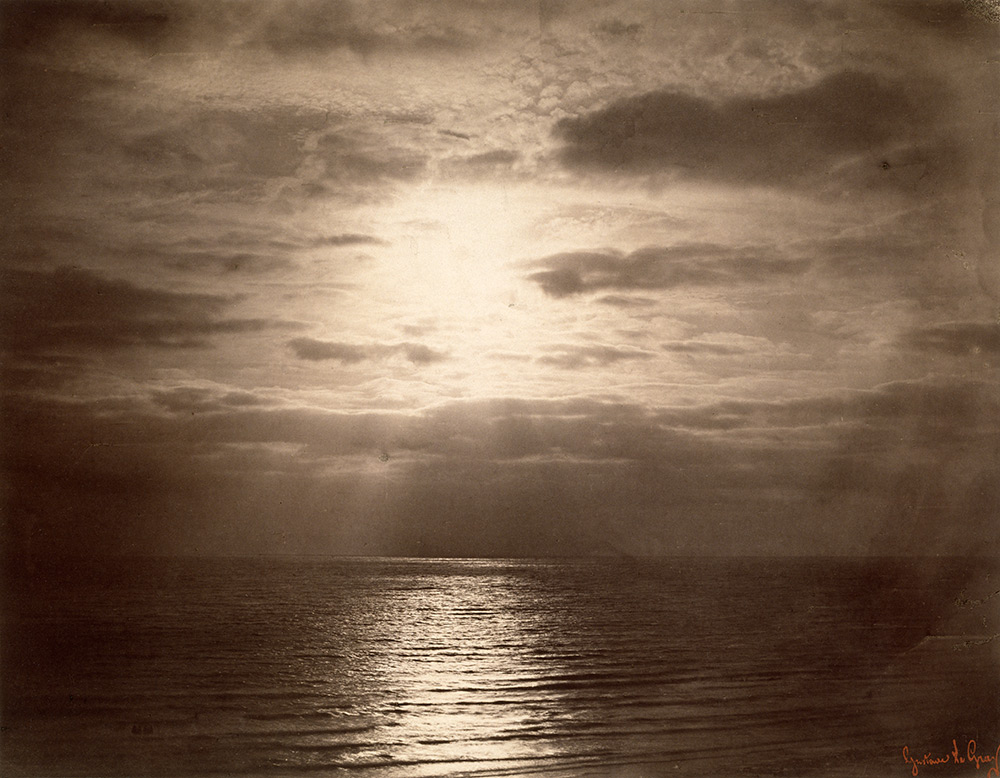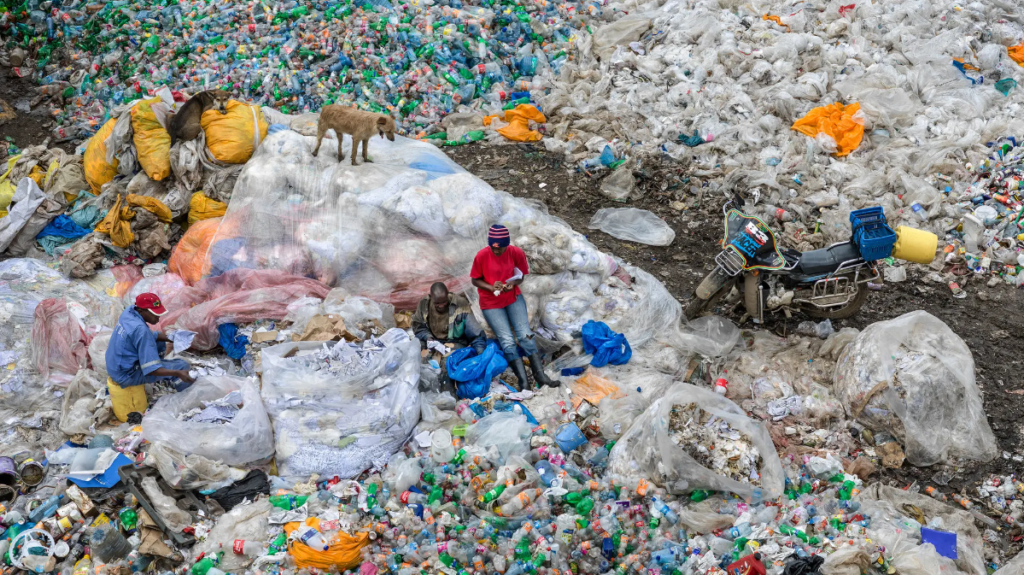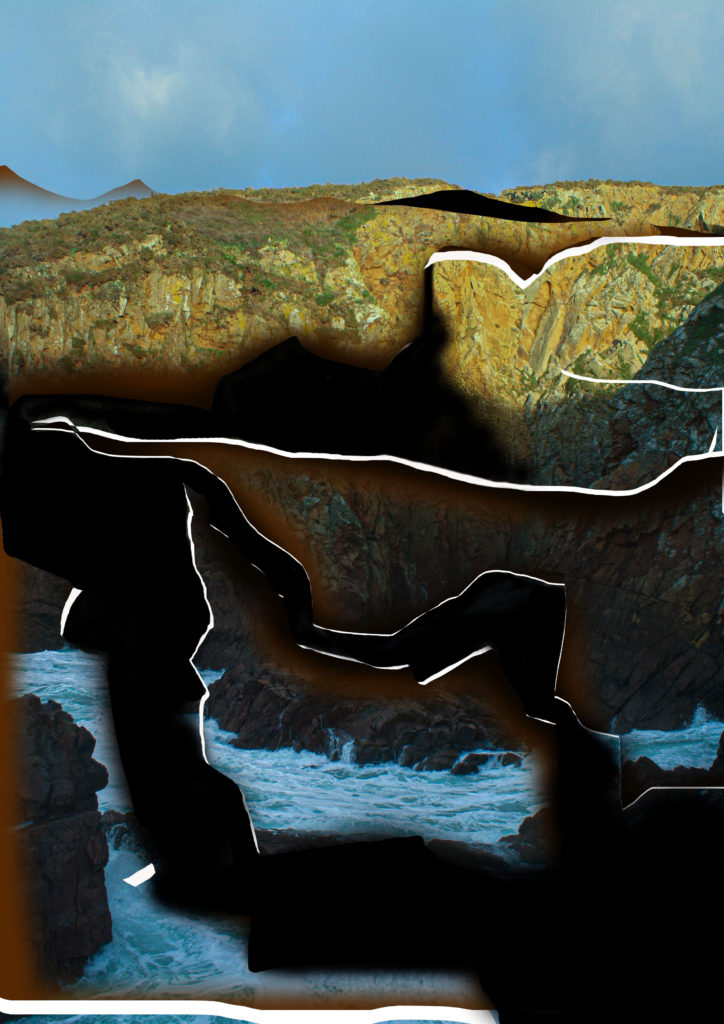
This image was taken at Plemont Beach and had a relation to Dafna Talmor’s work. I tried to replicate her style digitally, therefore I have went to locations she chooses, which are mainly coastal areas. then in Photoshop I had then experimented with the lasso tool and paintbrush tool, to create segments out of the image, representing Dafna’s ones. out of all the final outcomes this photo shoot as well as editing took the longest amount of time and was quite tricky as I wasn’t too experienced using Photoshop. But I am happy with the outcome as it turned out quite similar to the artists work , despite the fact that these were done digitally whereas hers are not.
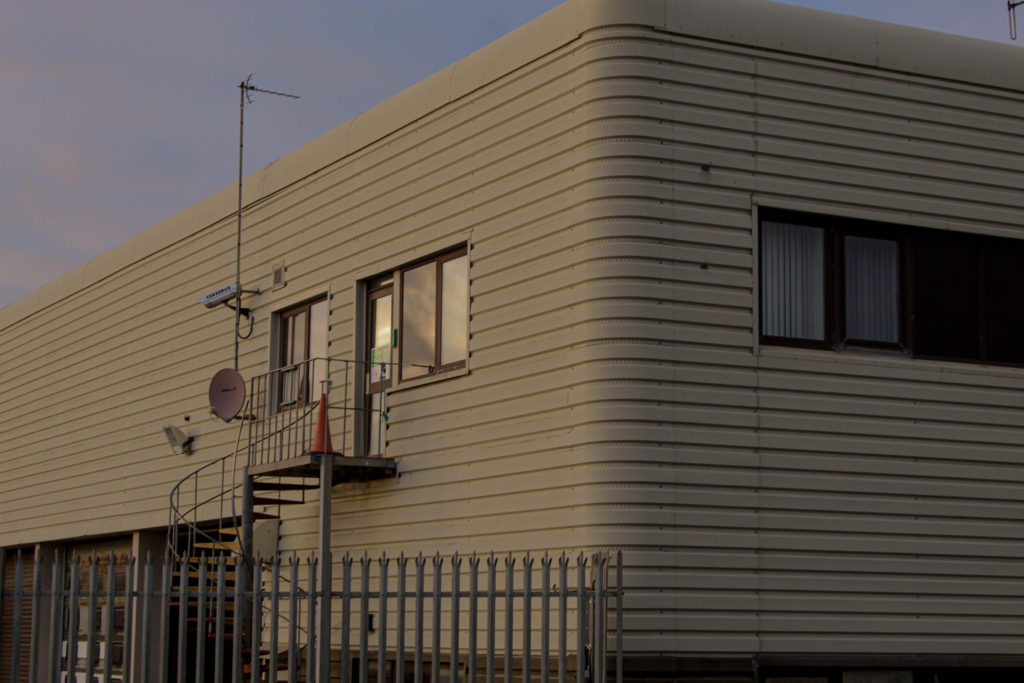
This image was done during the rural landscape trip, I have picked this one as a final image from this photoshoot because of its simple but calming atmosphere. I really like the quality of the image as even sharpness of the clouds can be seen in the reflection of the windows. I like the contrast that it creates to all of my final images, I am not a big fan of rural landscapes outcomes I have come out with, perhaps it is because of the sharpness that the objects show, with many edges and corners as well as straight lines. this is why I like this specific image the most because of the smoothness achieved by the building itself but also because of the image editing that creates a dreamy effect.
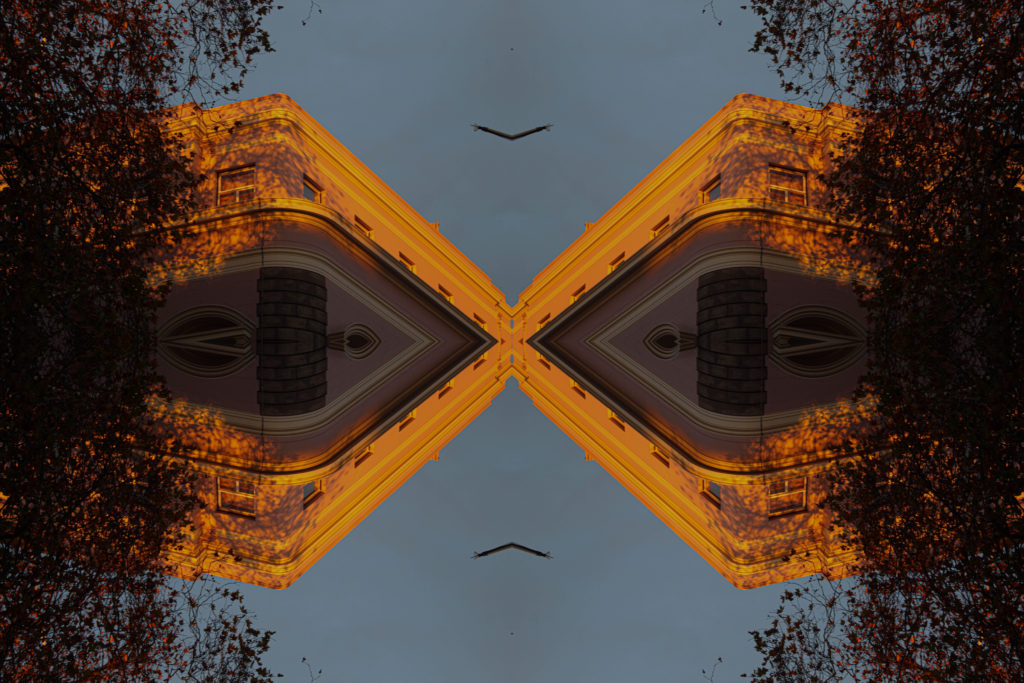
This image was created by experimenting with kaleidoscope imagery effect. this was a form of photo montaging done digitally. As this was my first time using this method to create this image I am surprised with the effect this created. I have took a zoomed in image of a building, done on the industrial photoshoot, then with selected image I have produced this final photograph. I like how the shapes represent the look of eyes and how abstract the image looks.

this was a typology done for experimentation of creating one. my main subject were doors, out of the couple of images I have produced I have put them in a grid creating a typology. this experimental process made my pick the outcome as a final photograph as it shows a different range of images I am capable to produce.

This image was originally converted digitally to show the process of Dafna Talmors images. and to respond to her work. I have the result of this uploaded however I really liked how the image looked by itself and that’s what I decided to go with. the image is unsettling and ominous, that’s why because of this mystery I wanted it as part of my final landscapes outcome.
The bellow photographs are both part of Gerhard Richter’s response. Where I was influenced by his work to create the images. On printed photographs I have combined them with paint which was applied with a palette knife. I loved how these turned out because of the richness of colour, therefore I wanted to include both and only outcomes of that response.
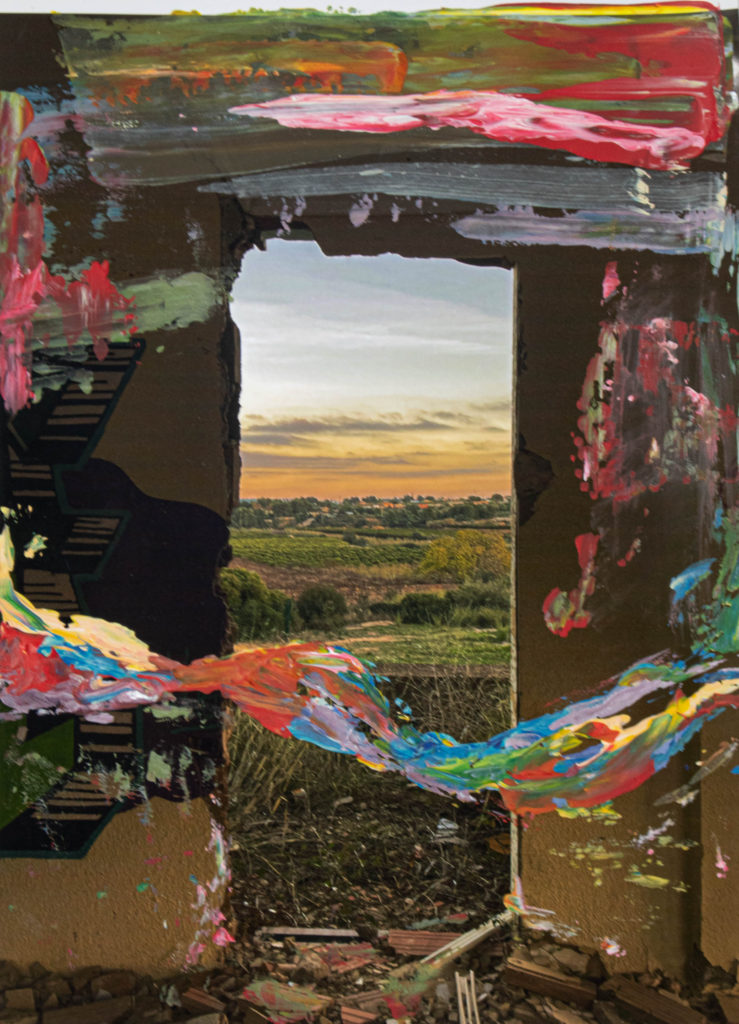
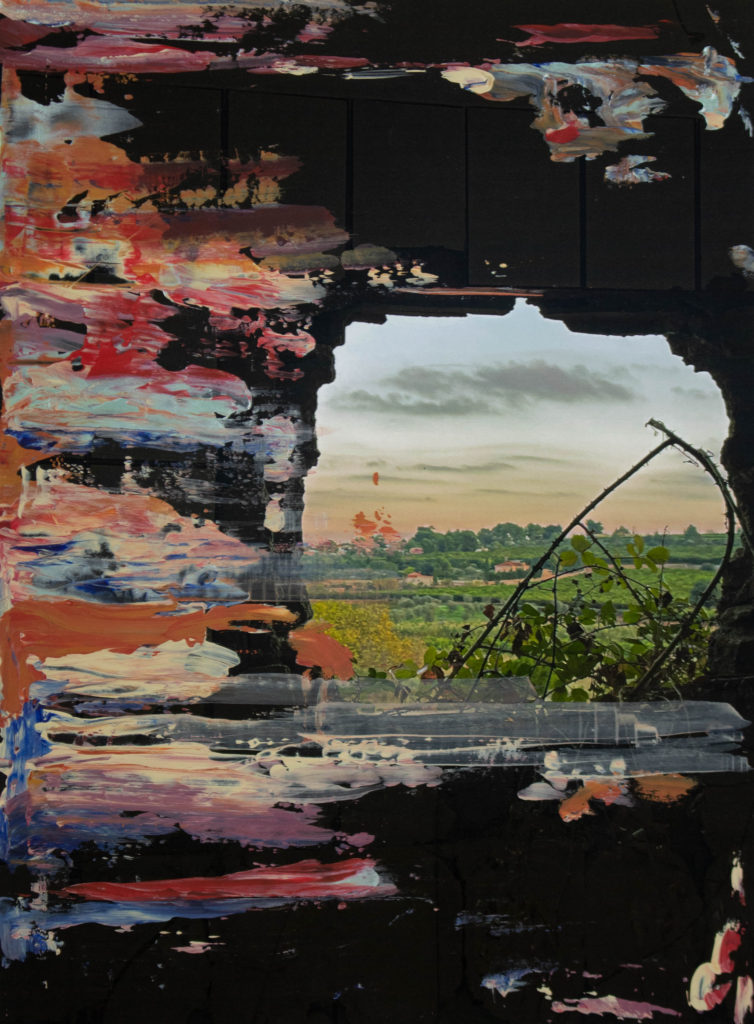
The bellow images are responses to Matthew Brandt’s way of working and a response to Anthropocene project. I loved these photographs because of the texture, colour, and experimentation which lead to unique , abstract images.

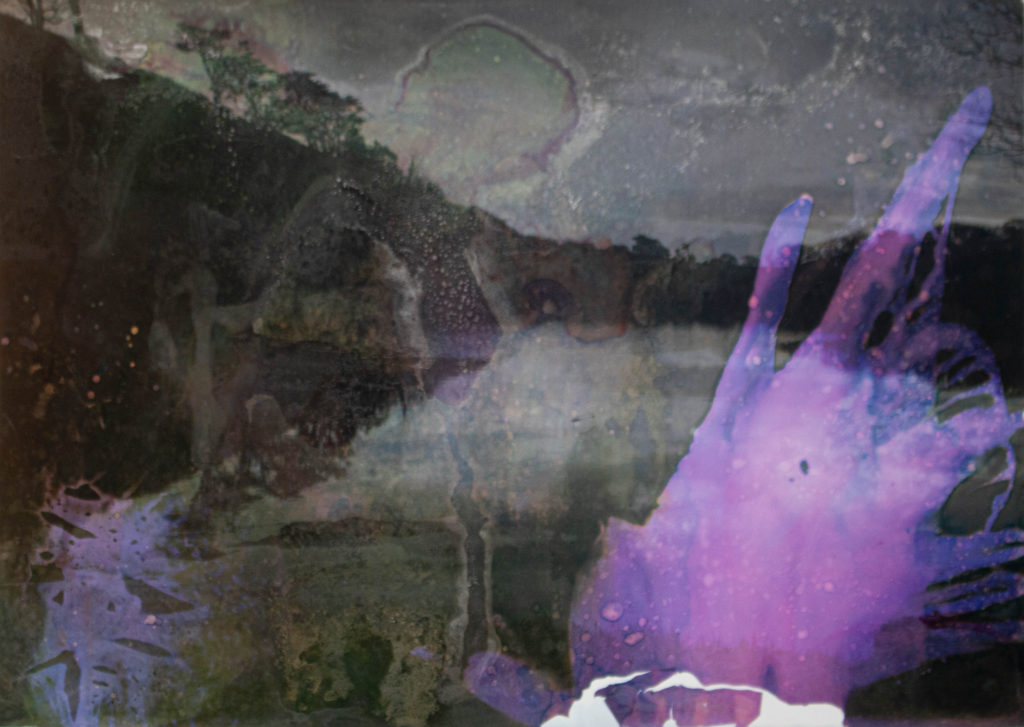
Compared to the other topic of objects, and still life, I have enjoyed this one more and have succeeded more in the landscape project. This lead me to produce a variation of different outcomes, I have experimented a lot more with the images is well, trying out new things. many of my outcomes are abstract , and through my final photographs I show a big differentiation between each image. As the landscape project is divided into industrial and rural landscape I have enjoyed both equally, however when it comes to photoshoots I have came up with more rural landscape outcomes, simply because I enjoyed spending time in these areas more. I felt like the landscape project has allowed me to be very free when it comes the areas and photographs I want to create, whereas the still life project was far less experimental on my behalf and more narrowed to the options I had.


